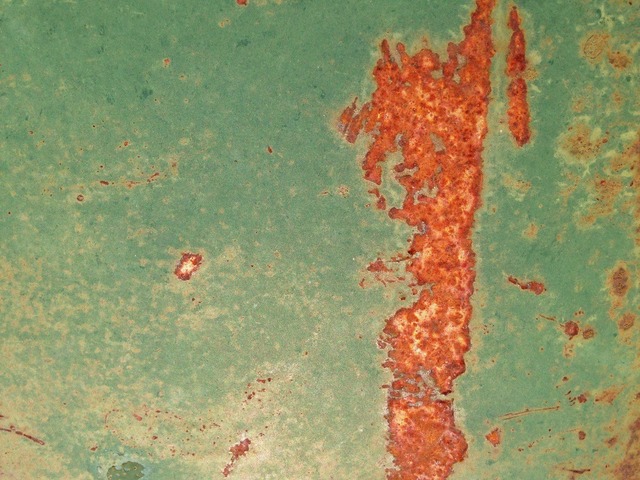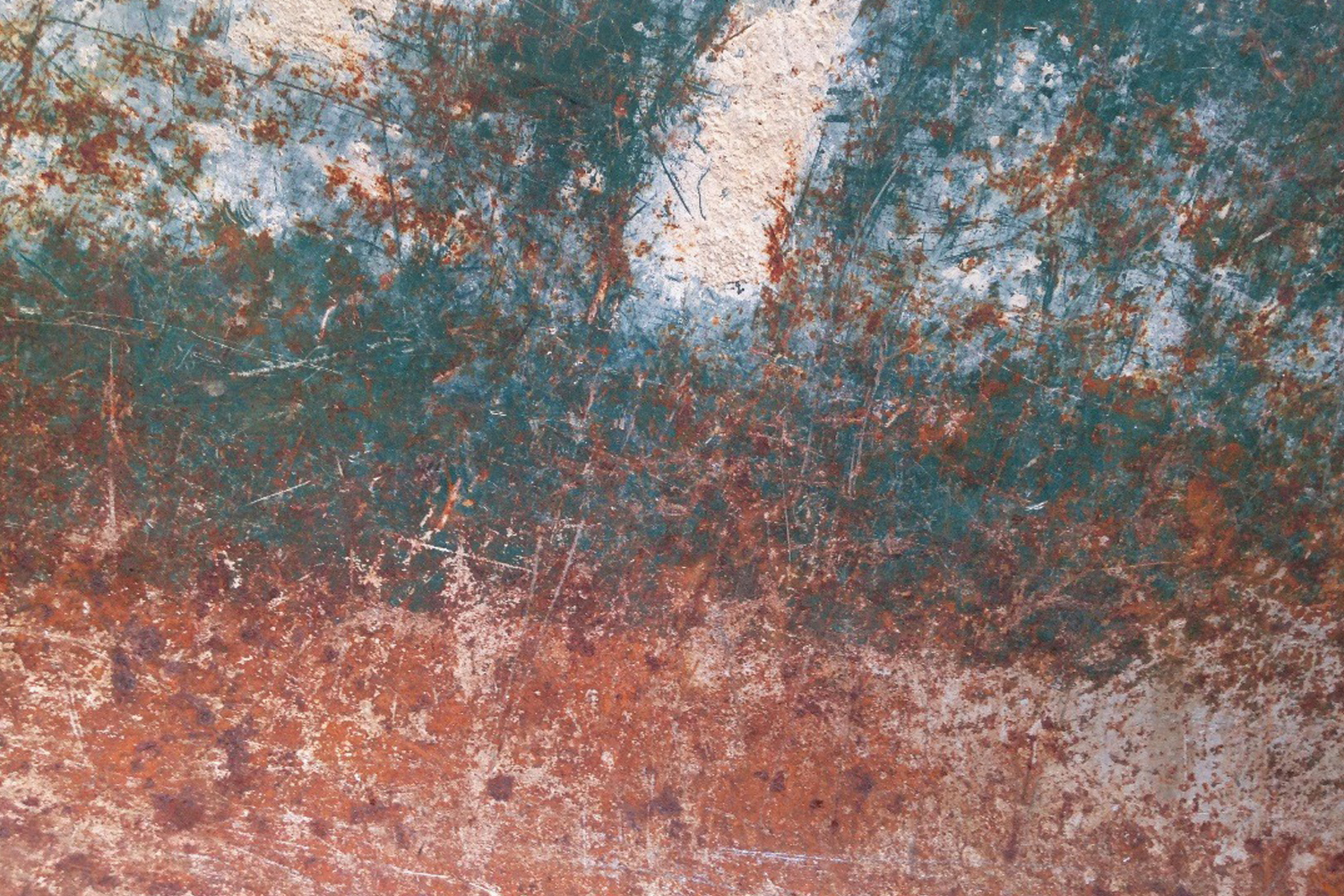On June 2, we will gather as a community for the annual Integrative Project Symposium, an opportunity to witness and celebrate the bold, thoughtful, and creative work of our graduating Master of Divinity and MA in Theology & Culture students. Here, Brittany Deininger (MATC) writes about memory, art, and the voices and ideas that have contributed to her own project and the collection of poetry that is part of it.
As part of my integrative project at The Seattle School, I have been working on completing a book-length manuscript of original poetry. It became clear to me that I was not going to be able to write a thesis without continuing to engage in my artistic praxis of writing to inform my academic writing along the journey. It occurred to me that one of the most important mediums of my art form of poetry was a tacit thread that ran throughout the work I’ve been doing at the school. Perhaps even more than words, metaphor, or sound, the primary medium of poetry specifically, and art generally, is memory.
When I refer to memory, I’m not talking about hermetically sealed archives of preserved history, but the mysteriously interpretative affair that memory is in our lives. Rather than simple recollection, memory involves choices of emphasis, context, value judgements, etc. As Jerome Bruner writes, “There is no such thing psychologically as ‘life itself.’ At very least, it is a selective achievement of memory recall: Beyond that, recounting one’s life is an interpretive feat” (p. 693). In other words, remembrance works in much the same embodied and dynamic process as crafting a poem or writing a narrative. These art forms make meaning by editing, emphasizing, and structuring the raw material of memory. They understand that the past is very much present within us. In The Substance of Things Seen: Art, Faith, and the Christian Community, Robin M. Jenson suggests that the role of the artist is to “…make the connections between the images in the memory, the creative imagination, and the essential skills of expression that give an external existence to all of these. Imagination is the tool, then, that works on the ‘stuff’ of the memory and gives it form.” She goes on to suggest that the artist doesn’t merely reproduce memory but uses it as a means to convey a particular reality. “Making art,” she writes, “is a creative act that draws its inspiration from the external world, incorporates the images in the memory, draws upon the active mind, and produces a visible image that points far beyond itself.”
While an artist’s own memory is a crucial well of inspiration, the poet asks readers to translate evocative images within the poem into the idiolect of their own life’s memories as well. In the alchemy of poetry, particularity invites particularity. In this way, the meaning of a poem is inherently collaborative and lies between the poem and the reader, rather than within the poem itself. Perhaps you’ve had the experience of reading a poem or narrative and suddenly you come across a passage that gives you the uncanny sensation that the writer is somehow privy to your private thoughts. They have put words to your experience in a way that captures it perfectly. Often a poem’s impact stems from these intersections between a truth the poem is bearing and a truth that the reader has already born and remembers in their own body.
Jean-Marie Roger Tillard in his book Church of Churches: The Ecclesiology of Communion reminds us that, “Memory in the biblical sense of the term is not simply storage of the sediment of the past. It is also the humus from which life never stops borrowing.” I love that image of memory as a kind of earthy soil from which life, narrative, and art perpetually grow. Great stories, poetry, and art call us back again and again to the humus of memory. In working with the explicit and implicit themes of memory in my own poetry, I’ve carried a very personal set of photographs with me that metaphorically represent the phenomenon of memory. When my grandfather passed away, as part of my own grieving process, I photographed his tools as they developed patinas over time. They were testaments to what remains after a death. More than just layers of metal, paint, and rust, I began to see layers of the past develop into abstract paintings. These pieces of “found art” were beautiful composites of everything that had come before. They bore the nicks and marks of the body, time, and their work in the earth. In their own way, they held memory. These photographs inspired the poem “Patina,” which I leave you with now.

Patina
Out in the field
Midwestern tools sit
in the earth with the rising
grass at their edges.
Once touched
by the ancestors,
they turn to fire,
marble with rust,
patina and paint.
They do not pass
into the earth, but live
their deaths out in the open.
Time and the elements
improvise on the wheelbarrow
and the tilling blade,
figments of memory
with a deep knowledge
of how things work.
Maps of the past layer
over maps of the present
like encaustic paintings,
the history of forty winters,
and summers showing through.
References
Jerome Bruner, “Life as Narrative,” in Social Research, 54(1), 1987, 691-710.
Jean-Marie Roger Tillard, Church of Churches: The Ecclesiology of Communion (1992), 141.
Robin M. Jenson, The Substance of Things Seen: Art, Faith, and the Christian (2004), 15-19.

